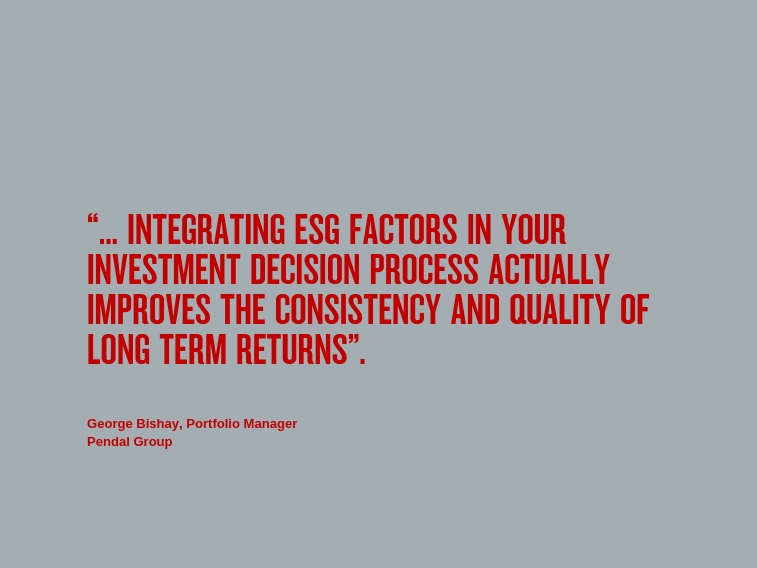NAB client Zenith Energy’s innovation is helping decarbonise the mining sector through providing efficient hybrid generation solutions in remote areas.


Sustainable bonds are appealing to a wider set of investors as the market develops, a recent conference was told.

The market for green and social bonds has grown rapidly in recent years and is now attracting strong demand from mainstream fixed income investors as well as those with a particular focus on sustainable investment, the recent KangaNews Sustainable Debt Summit heard.
The Summit, held in Sydney on 18 March, brought together issuers and investors to discuss the development of the market for green, social and impact bonds.
Recent issuer New South Wales Treasury Corp (TCorp) told the conference they were surprised by the level of demand for their recent 10-year green bond, arranged and led by NAB, which at A$1.8 billion is the largest green issue in the Australian market to date.
“The scale of investor demand far surpassed other precedents, and we were able to include investors that were mainstream, for want of a better word,” said Katherine Palmer, Acting Head of Funding and Balance Sheet at TCorp.
“We had investors that we haven’t seen before – about 15 new investors – demonstrating the effectiveness of this issuance type as a means to diversify the investor book. We also allocated roughly 40-45% of issuance across mainstream investors. The participation from the breadth of investors was reflective of the evolution of the market.”
The size of the green bond eclipsed the usual “benchmark” issuance from a state government, which generally is sized between A$750m and $1 billion, and reflects the growing maturity of the green debt asset class in Australia.
In 2014, NAB issued the first Australian green bond at A$300m. Fast forward four-and-a-bit years and investors have flocked not only to the TCorp transaction in late 2018 but four other $A green bond deals so far in 2019, including the A$1.25 billion Queensland Treasury Corp offering in March.
“TCorp really has been a game changer for the Australian sustainable bond market. What we’re seeing is the mainstreaming of sustainable investment as an asset class,” said David Jenkins, Head of Sustainable Finance at NAB, who chaired a panel discussion on green bonds.
More and more investment managers, superannuation funds and financial advisers are committing to invest in a socially responsible manner by integrating environmental, social and governance (ESG) factors into their portfolios.
In addition, investors have realised that investing in sustainable financial products does not come at the cost of an inferior financial return – a myth that was roundly deconstructed at the conference.
“We know from our experience, modelling and back-testing that integrating ESG factors in your investment decision process actually improves the consistency and quality of long term returns,” said George Bishay, Portfolio Manager at fund manager Pendal Group, which has A$92 billion in funds under management.
Pendal, which has been managing dedicated sustainable fixed income portfolios for about 10 years, integrates ESG factors into its investment decisions, and then ranks issuers based on those ESG factors.
Panellists harked back to the inception of the green bond market. Marcin Bill, Senior Financial Officer, Funding at the International Finance Corp said the IFC was one of the earliest issuers of green bonds in 2010 and has supported the growth of the market by creating liquidity and issuing new debt regularly.
NAB, which has now brought 18 green, sustainability and social bonds to market across Australia and New Zealand, has developed a range of new products to satisfy investor demand — most recently Australia’s first retail green term deposit offering, a green residential mortgage-backed security in February 2018 and the Low Carbon Shared Portfolio in June 2018 that offers institutional investors direct access to the bank’s own loans to wind farms and solar parks.
The newest issuer on the panel, Housing New Zealand, has flagged its intention to come to market with a sustainability themed bond to finance minimum Homestar 6 rated social housing and affordable housing and said it was pleased with initial investor discussions.
TCorp’s Ms Palmer noted that investors are increasingly asking for green products rather than having to be convinced. “Investors are definitely more sophisticated in their understanding of what a green bond is, and what a social bond is. There’s a willingness to participate.”
Panellists suggested the next step in the market’s evolution will be to create a liquid secondary market for green and sustainable bonds, to provide for active trading after the initial launch. Investors currently tend to buy into the initial issue in the primary market, and then hold onto the securities for the duration of the bond.
“It can be very difficult to source stock via the secondary market and often the pricing can be more expensive. We’d like to see the market moving to address that,” said Pendal’s Bishay.
© National Australia Bank Limited. ABN 12 004 044 937 AFSL and Australian Credit Licence 230686.